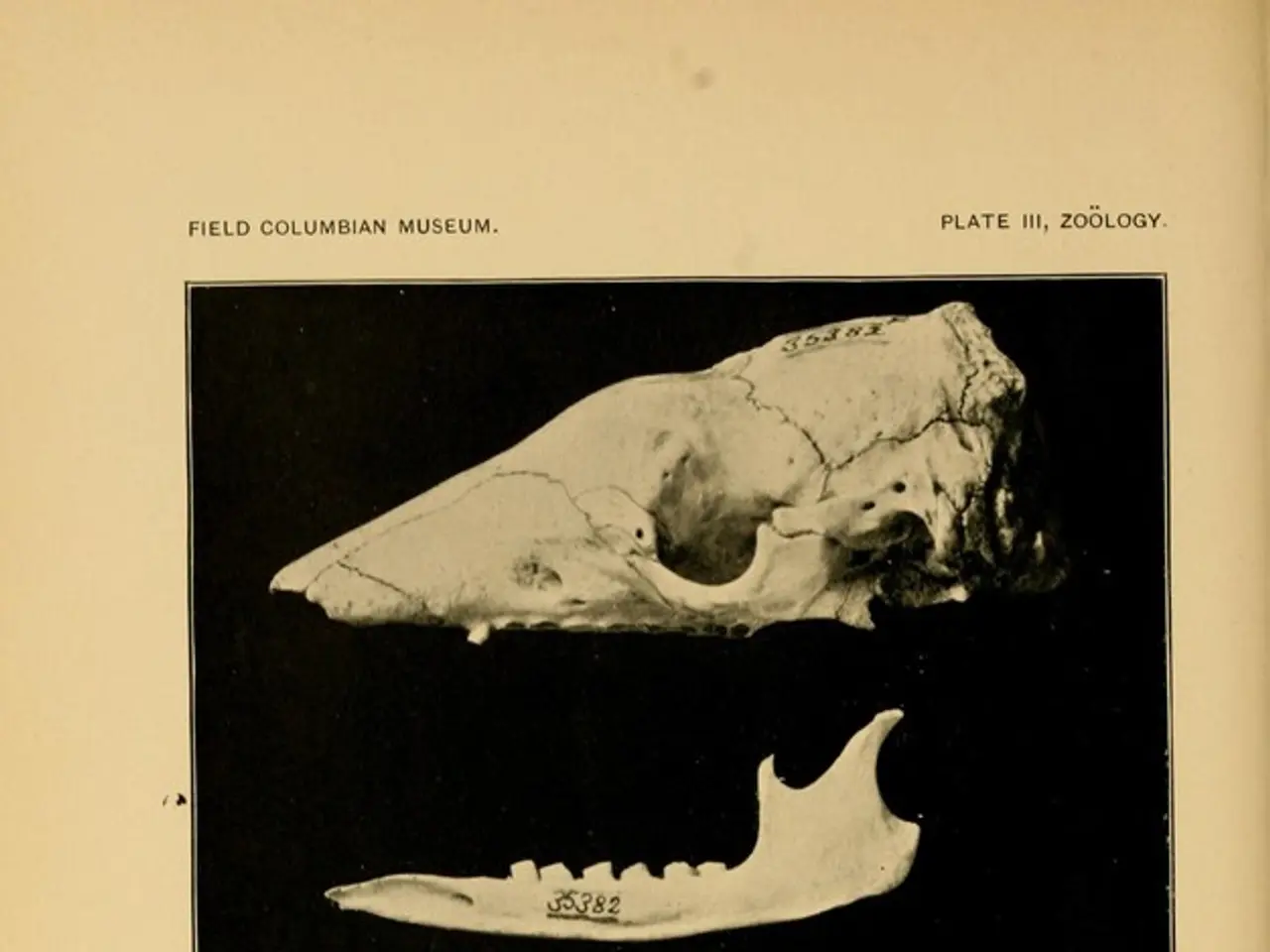Shoulder Pain Chronic Relief: Techniques and Physical Activities
Chronic shoulder pain, a condition that persists for more than six months, can be caused by a variety of factors. These include degenerative, inflammatory, or traumatic conditions affecting the rotator cuff, bursa, or joint surfaces.
Common causes of chronic shoulder pain include rotator cuff tendinopathy and tears, shoulder impingement syndrome, shoulder osteoarthritis, calcific tendinitis, bursitis, fractures, dislocations, and separations.
Treatment for chronic shoulder pain often begins with conservative, non-surgical approaches. These may include physical therapy, pain relief medications, and specific exercises designed to restore function and reduce pain.
Physical therapy targets restoring strength, mobility, and correcting posture. Common exercises include pendulum swings, scapular squeezes, wall angels, doorway stretches, and the shoulder stretch. These exercises help reduce pain, improve range of motion, and address muscular imbalances contributing to shoulder pain.
Pain relief medications, such as oral NSAIDs like ibuprofen and naproxen, or topical NSAID gels, can provide short-term relief. However, it's important to be aware of potential long-term side effects. Shockwave therapy, particularly effective for calcific tendinitis, can break down calcium deposits. Intramuscular NSAID or corticosteroid injections may also be used for short-term relief during flare-ups.
It is crucial to consult with a healthcare provider or physical therapist before starting an exercise program, especially if pain is severe or the diagnosis is uncertain. A physical therapist can determine which exercises are appropriate for a particular shoulder injury.
In some cases, surgery may be necessary for severe conditions, such as tendon tears, pinched nerves, or in cases of joint replacement or debridement for arthritis.
It's essential to remember that rest and recovery are crucial to prevent shoulder pain from becoming chronic. Anyone experiencing chronic shoulder pain should seek medical attention as soon as possible.
In summary, chronic shoulder pain is a complex issue that requires careful management. Treatment emphasizes conservative management with physical therapy, medications for inflammation, and specific exercises designed to restore function and reduce pain. Consulting with a healthcare provider or physical therapist is crucial to ensure appropriate treatment and exercise plans.
- Chronic shoulder pain, like Alzheimer's or arthritis, is a chronic disease that demands attention.
- In the context of workplace-wellness, addressing chronic shoulder pain can prevent its progression to a debilitating condition.
- Retargeting health-and-wellness campaigns could include information about chronic shoulder diseases, such as chronic-kidney-disease or skin-care tips for patients recovering from surgery.
- Aiming for holistic health, therapies-and-treatments for chronic shoulder pain may also focus on mental-health, reducing stress levels, and promoting better sleep.
- It's important to incorporate fitness-and-exercise to combat chronic diseases such as chronic shoulder pain, but remember to consult medical-conditions guidelines before beginning an exercise routine.
- A nutritional approach to managing chronic diseases like chronic shoulder pain would involve adhering to a diet rich in anti-inflammatory foods whilst limiting foods linked to increased inflammation.
- Science has advanced in the realm of chronic diseases, enabling effective treatments like Paxlovid for COVID-19 or the development of targeted therapy for shoulder arthritis.
- After addressing chronic shoulder pain, taking care of general well-being should also encompass regular check-ups for various medical-conditions and ongoing mental-health support.




